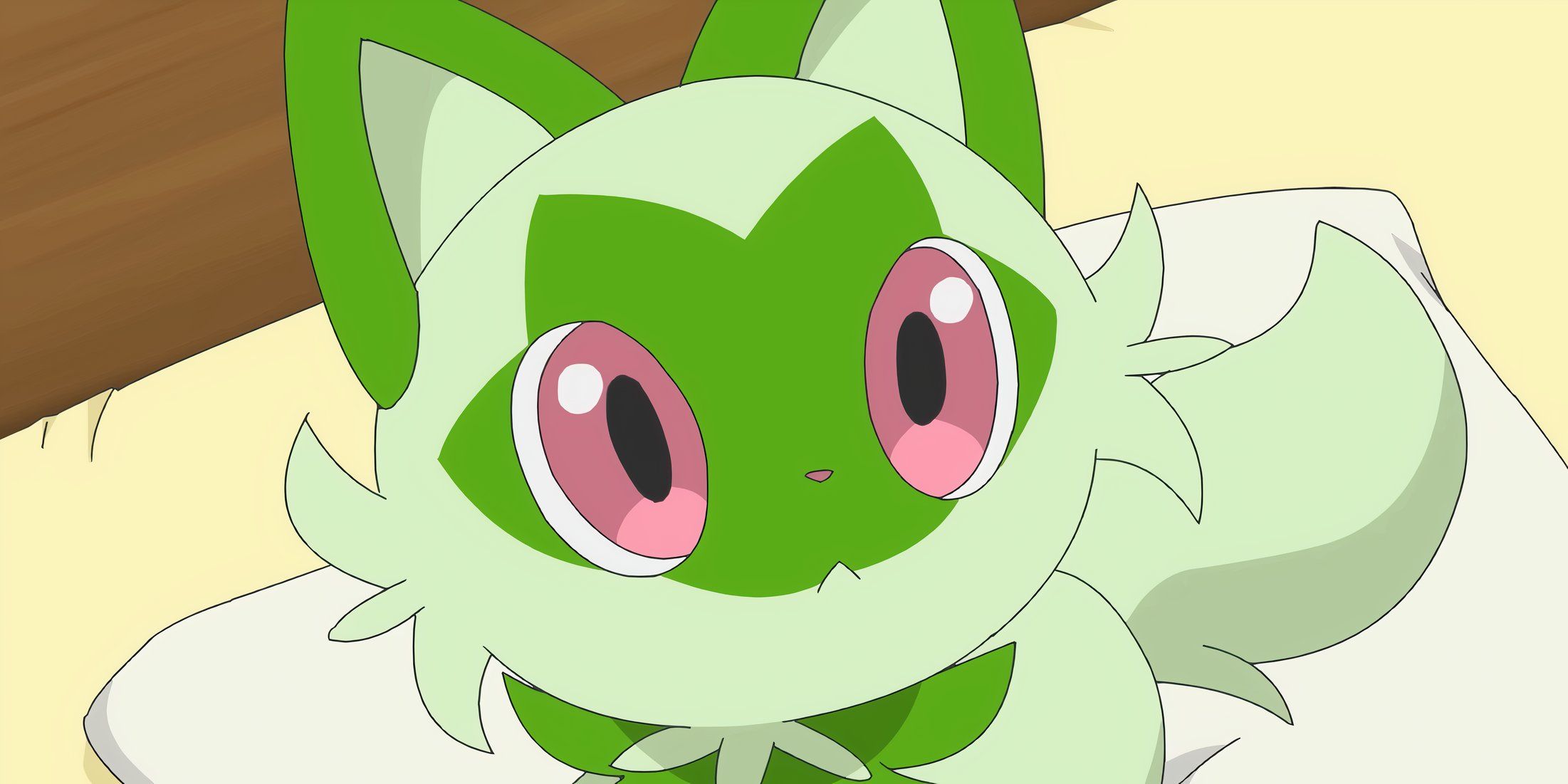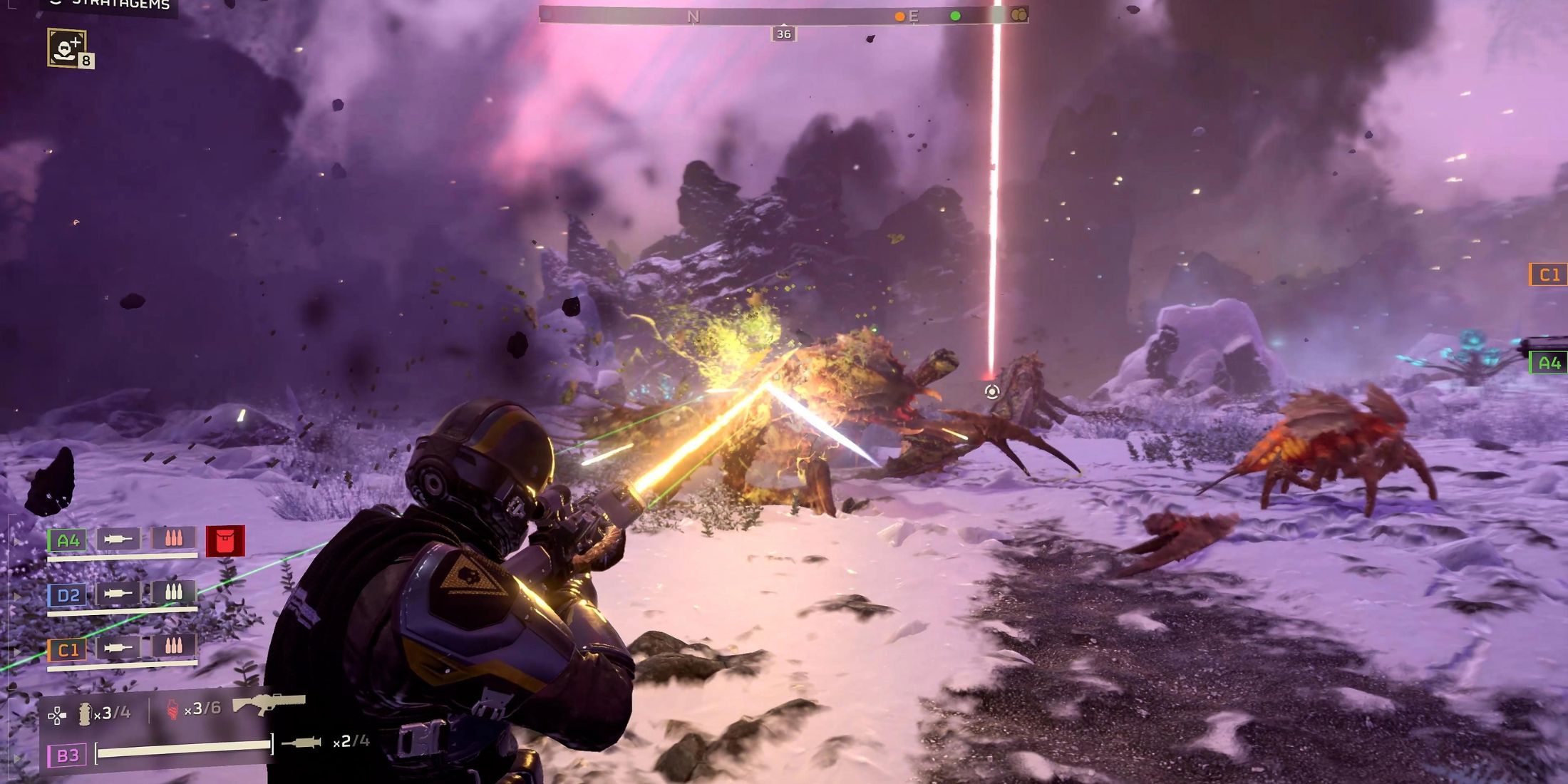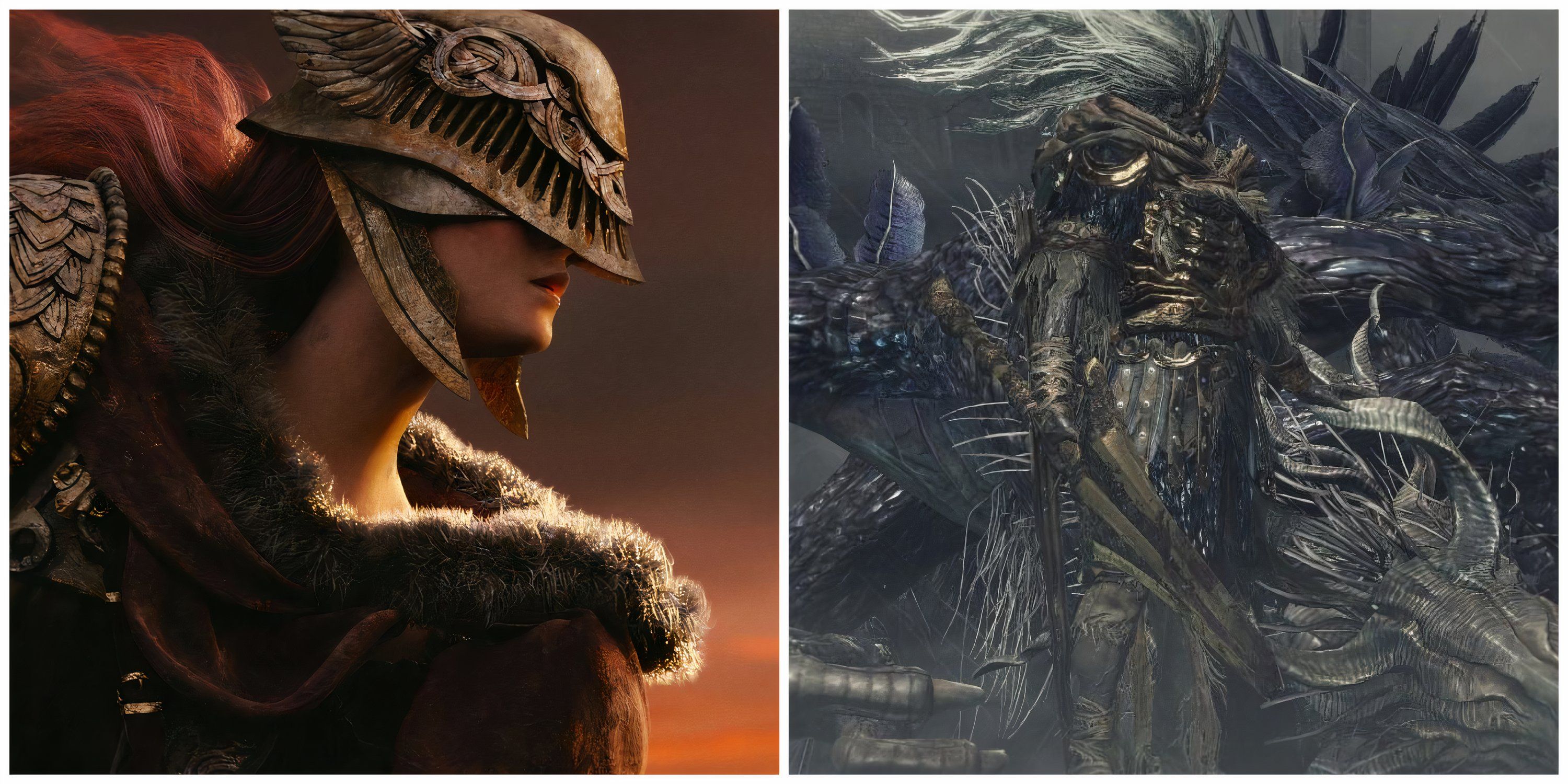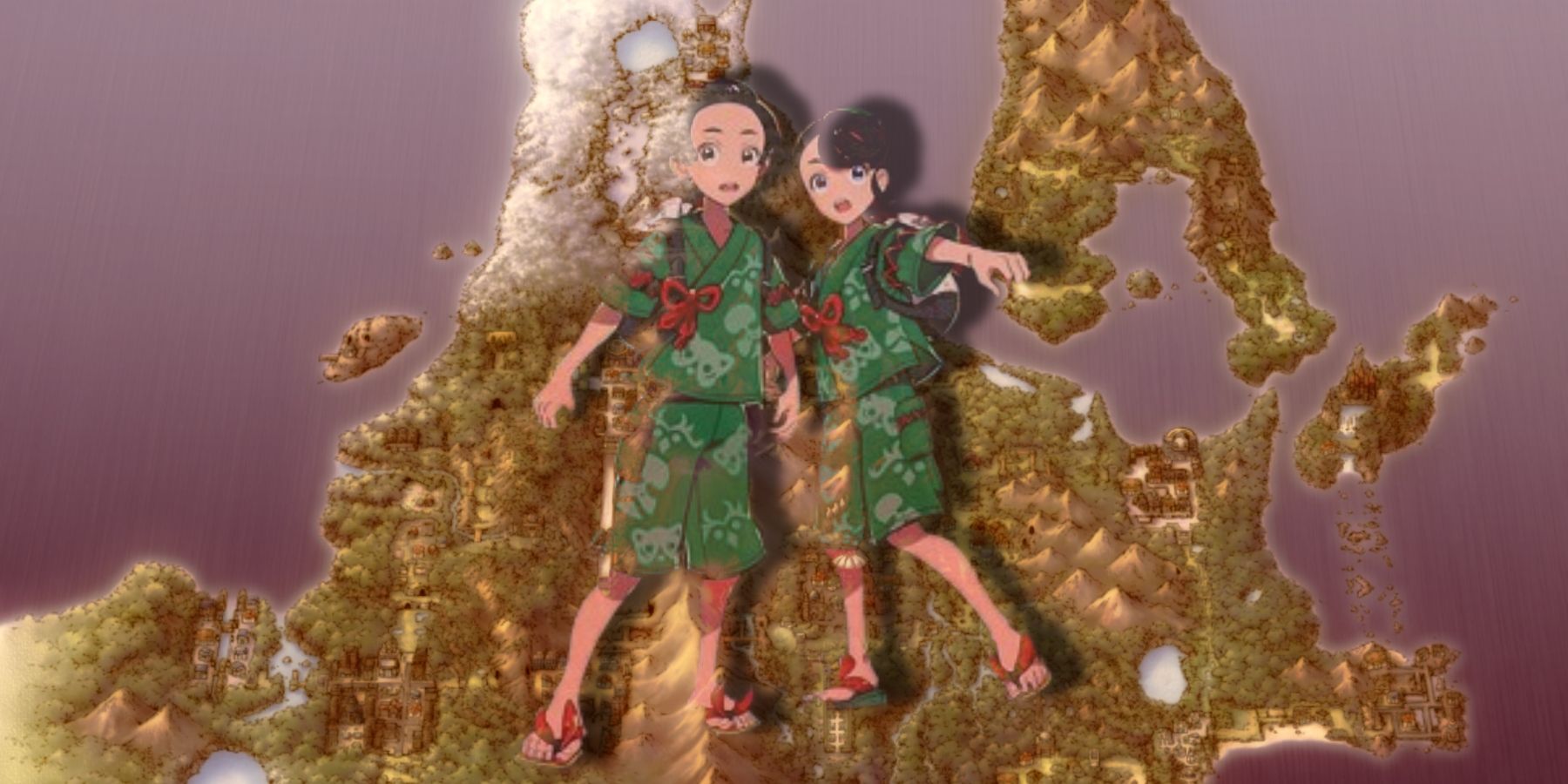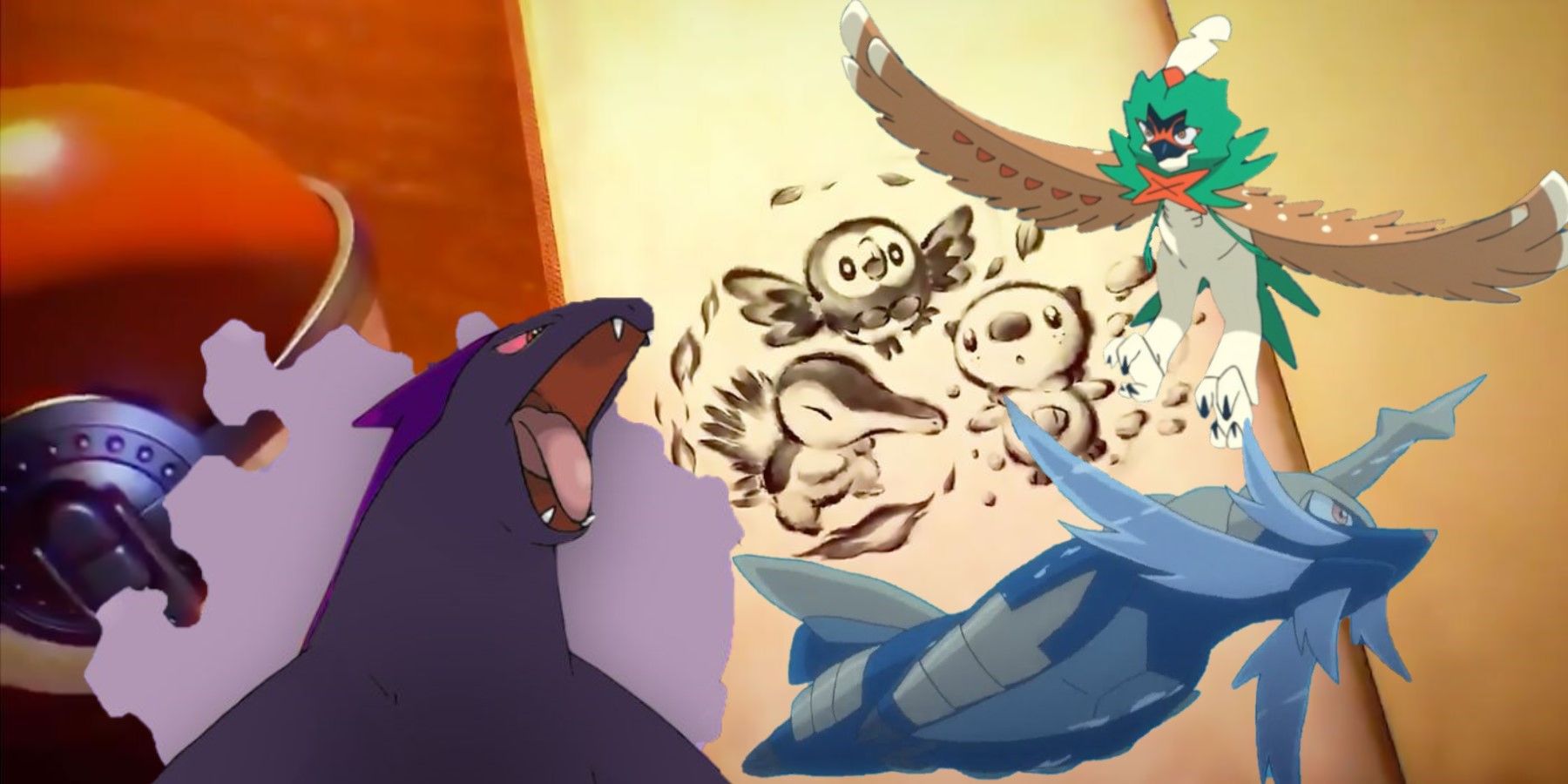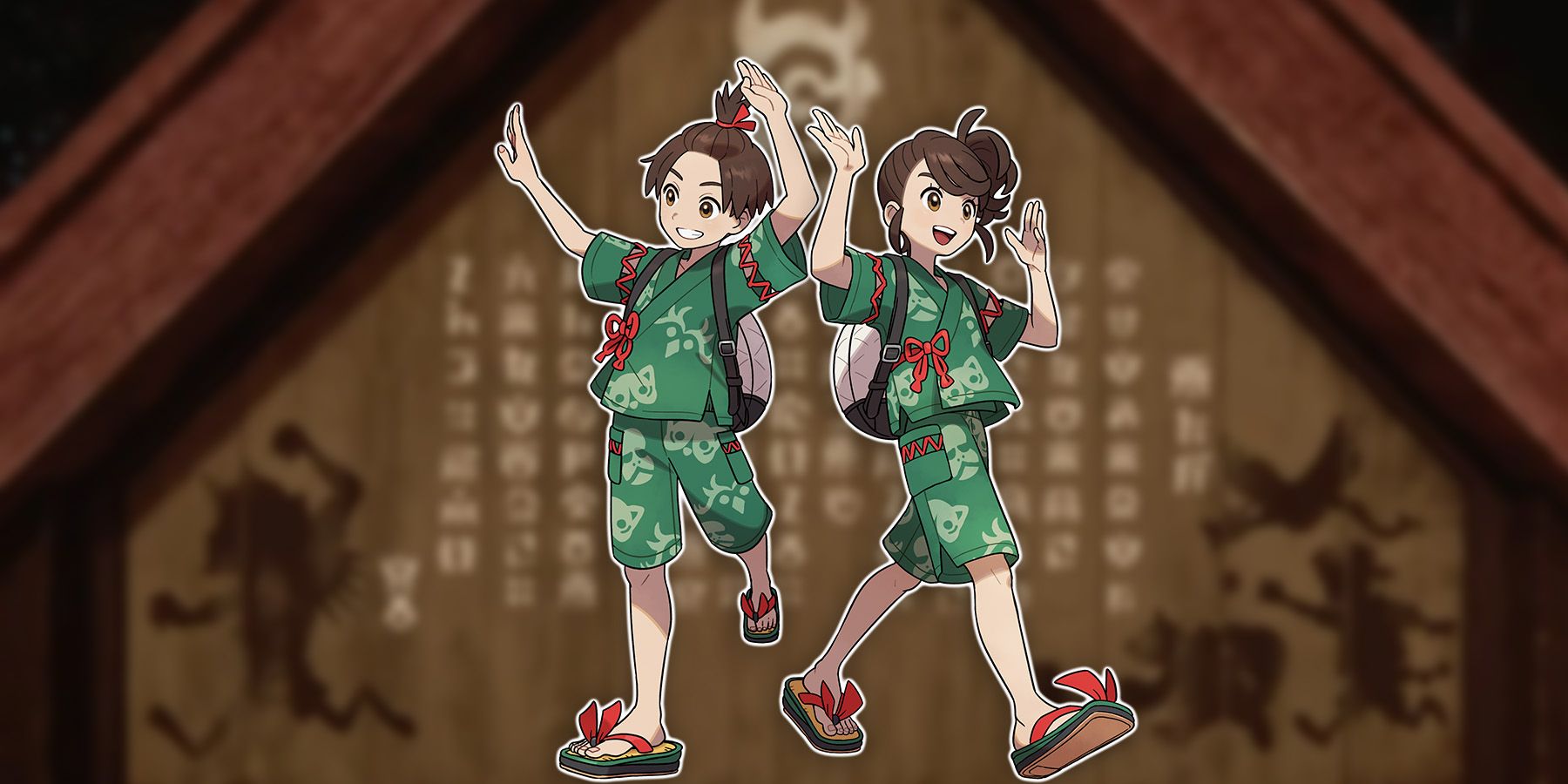The mainline Pokemon games started venturing outside Japan as their setting when Black and White were released in 2010. For more than a decade, the franchise has been taking trainers to regions inspired by other countries. So, the release of Pokemon Scarlet and Violet’s Teal Mask DLC came as a pleasant surprise to long-time fans, as it takes the game back to its roots.
The franchise started in Kanto, a setting inspired by Japan’s Kanto Region. Then, it moved to the Kansai-based Johto and Hoenn, which was modeled after Kyushu island. The Sinnoh region, inspired by Hokkaido island, was the last Japanese setting before the Pokemon series ventured to the United States for Unova and Alola. Kalos and Galar were inspired by France and the United Kingdom, respectively. The newest game is set in Paldea, which is based on Spain’s Iberian Peninsula. The new Pokemon Scarlet and Violet DLCs will take players to a different country once more, but it may be one they’re already familiar with.
Pokemon Scarlet and Violet’s Teal Mask DLC Brings the Mainline Game Back to its Roots
The Teal Mask DLC brings Pokemon Scarlet and Violet players back to Japan, 15 years after the last time they visited the country in Pokemon Platinum. Their characters embark on a school trip to Kitakami, a tranquil land known for its vast rice paddies, apple orchards, and mountainous terrain. These sights may be reminiscent of the parks and farmlands of Johto, as well as the mountain ranges of Hoenn.
The characters, including the player, will also wear costumes based on traditional Japanese clothing. These garbs look like the kimonos from Pokemon Legends: Arceus. Scarlet and Violet’s new content seems to be taking elements from previous games and creating fresh, new content out of them. It touches the nostalgic hearts of long-time players and gives new trainers a glimpse of the magic of older Pokemon installments.
Similarities Between Pokemon's Land of Kitakami and its Real-life Namesake
Kitakami’s setting is similar to its namesake in the Iwate prefecture, a serene town surrounded by farmland and mountains. The apple orchards in the Teal Mask’s Kitakami may be a reference to another city in the prefecture called Morioka. This town is known for its apple trees, which bloom in May. The DLC’s press release also stated that a great mountain towers over the area. This may be a reference to the Kitakami mountain range, which passes through the Iwate, Aomori, and Miyagi prefectures.
The village seen in the trailer seems to be modeled after the Michinoku Folklore Village located in the city. It’s home to over 40 heritage structures, including a school, open-air theater, homes, and a fire hall. The most interesting building in it is the folk material museum. It houses different kinds of clothing, tools, and footwear from past periods. This makes the village the perfect setting for Teal Mask, which references Japanese folklore in Pokemon.
The trailer shows statues of three animals: a dog, monkey, and pheasant, which are the new Pokemon Okidogi, Munkidori, and Fezeandpiti. The same set of animals appears in an actual Japanese story called The Tale of Momotaro. It’s about a child getting help from a monkey, pheasant, and dog in order to defeat a gang of ogres. The DLC’s new legendary Pokemon is named Ogerpon, a play on the word ogre. This suggests that the legendary ‘mon may also be the big bad of the story.
The Pokemon franchise is no stranger to referencing local and foreign mythology for its creature designs. One can just look at Infernape (Sun Wukong) and Ninetales (Kitsune) to see that this has always been the case. For Scarlet and Violet’s Teal Mask DLC, however, the writers are seemingly taking it up a notch and using Japanese folklore for a storyline. It’s only fitting, given that it’s the first time that players are coming back to a Japan-inspired setting after 15 years, discounting non-mainline entries like Legends: Arceus.
Pokemon Scarlet and Violet are available now for the Nintendo Switch.

